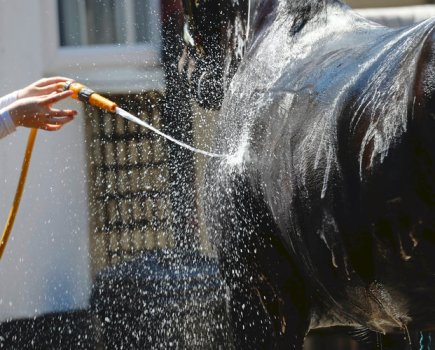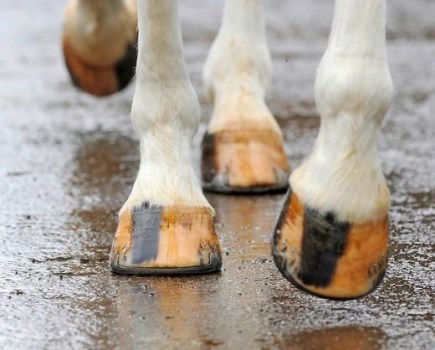Bandaging can be seen as a lost art – but not anymore! With our fantastic advice and video, you’ll be bandaging in the stable, out travelling, for support … whenever your horse needs a bit of extra cushioning. Safe, warm, protected legs start with a great set of bandages, so let’s unravel the myths with our guide to choosing, using and applying them
TYPES OF BANDAGES

Exercise bandages
These stretchy bandages are applied over padding to protect the legs from bruising and brushing-type injuries.
 First Aid bandages
First Aid bandages
If your horse has suffered a leg wound, your vet may advise you to apply an elasticated bandage over a dressing to create a clean environment for healing.
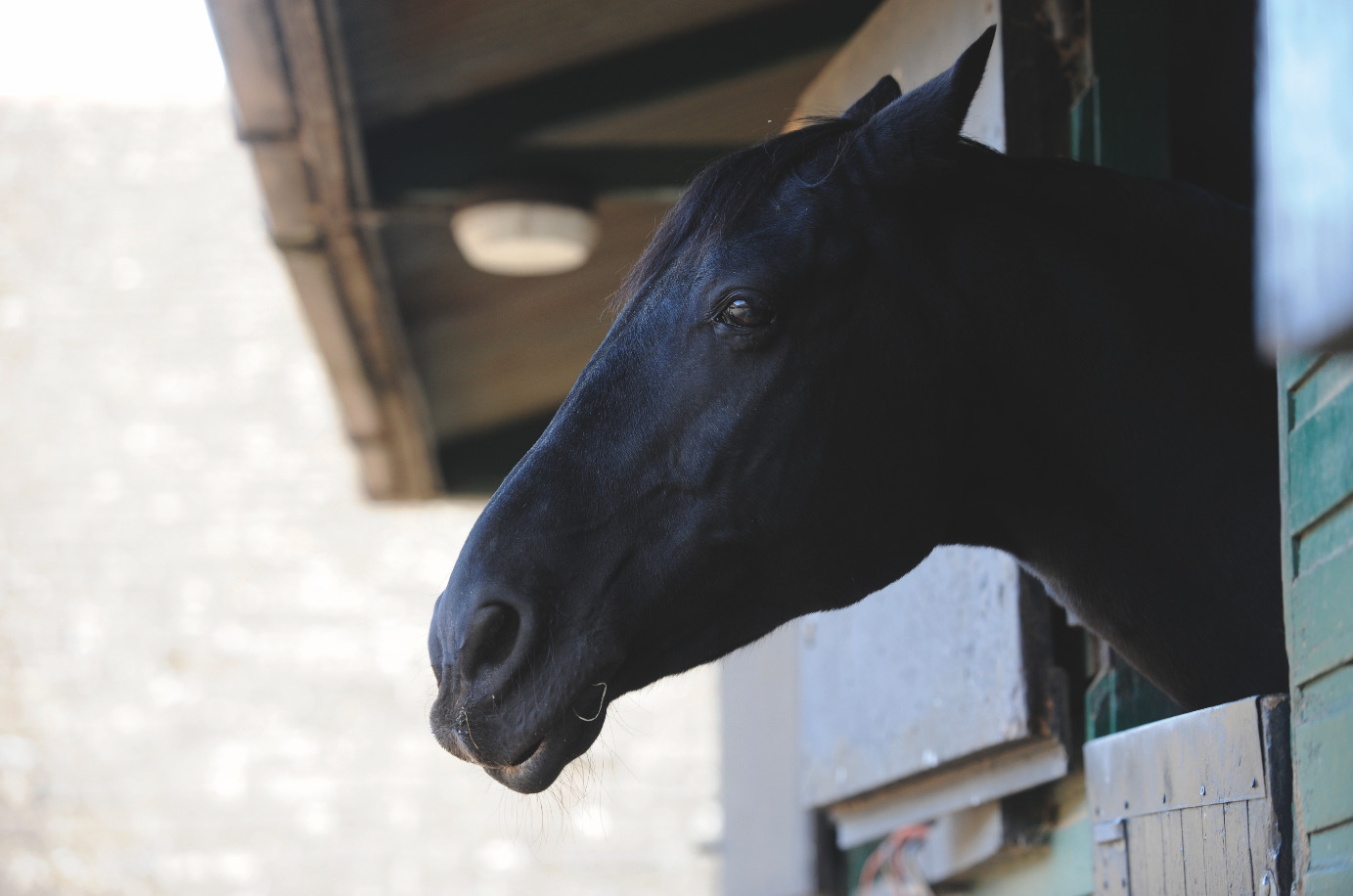 Stable bandages
Stable bandages
Legs that are tired, old or injured may need a little warmth and support from a set of stable bandages. These bandages are used over padding.
APPLYING BANDAGES
Applying exercise bandages
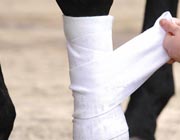 Many riders favour the support and protection offered by leg bandages for travel and competition.
Many riders favour the support and protection offered by leg bandages for travel and competition.
Applying first aid bandages
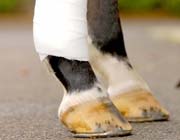 Even if your horse rarely gets out and about to shows and events, you may need a little bandaging know-how if he sustains an injury or needs a period of box rest.
Even if your horse rarely gets out and about to shows and events, you may need a little bandaging know-how if he sustains an injury or needs a period of box rest.
Applying stable bandages
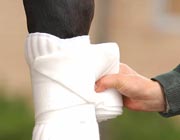
There may be a pair of boots available for almost every equestrian activity nowadays, but when it comes to your horse’s legs, it pays to be handy with a bandage.
ADVICE
Bandaging Dos and Don’ts
Make sure you’re doing the best for your horse by reading our guide to the dos and don’ts of bandaging your horse.
How to bandage a fidgety horse
These stretchy bandages are applied over padding to protect the legs from bruising and brushing-type injuries. Protective boots may be easier to use, but bandages mould more closely to the leg.





